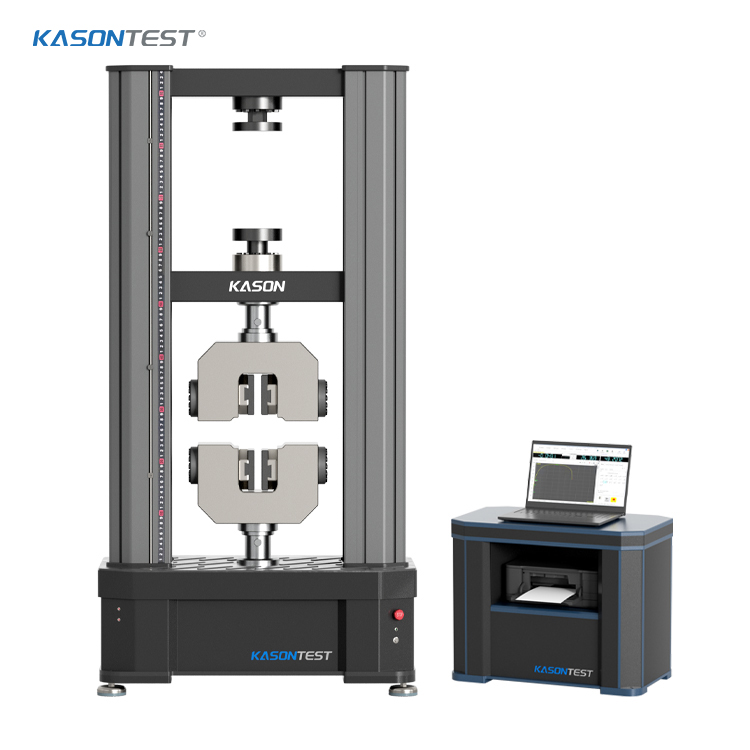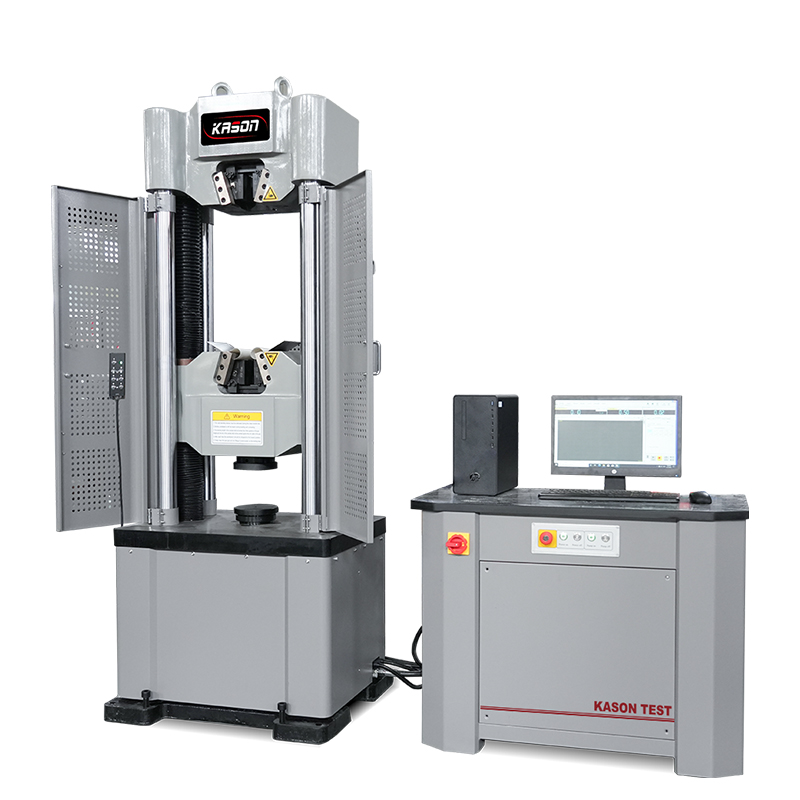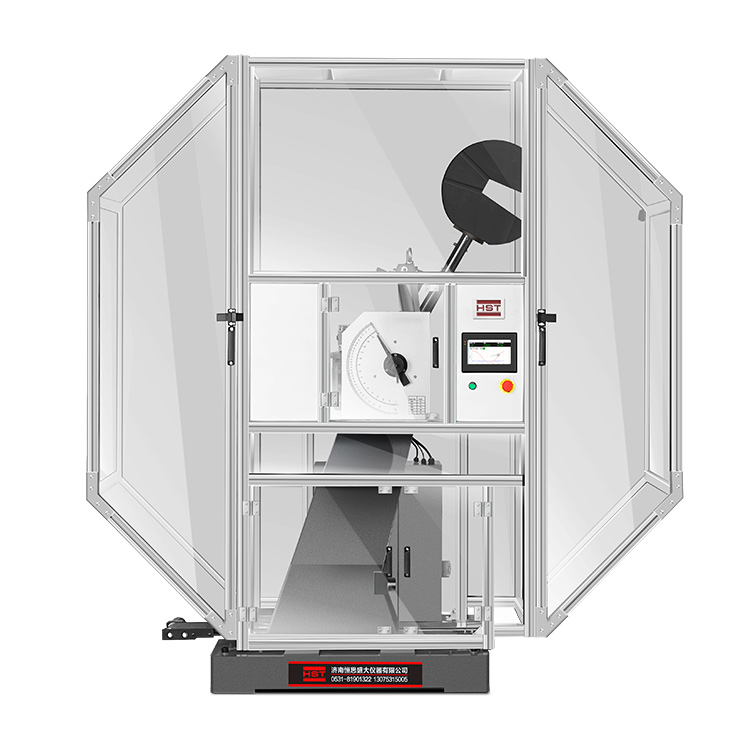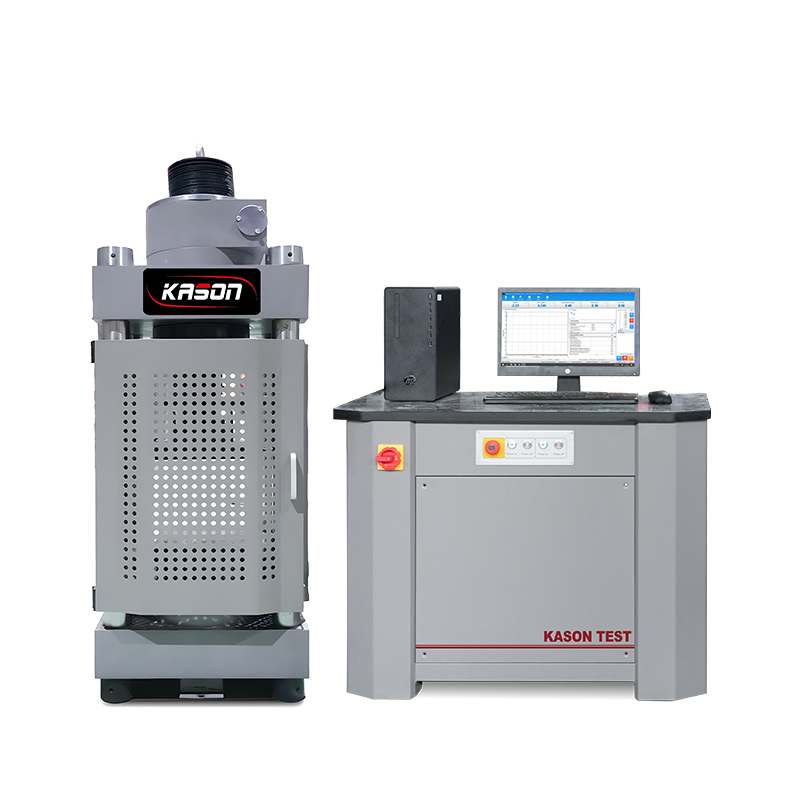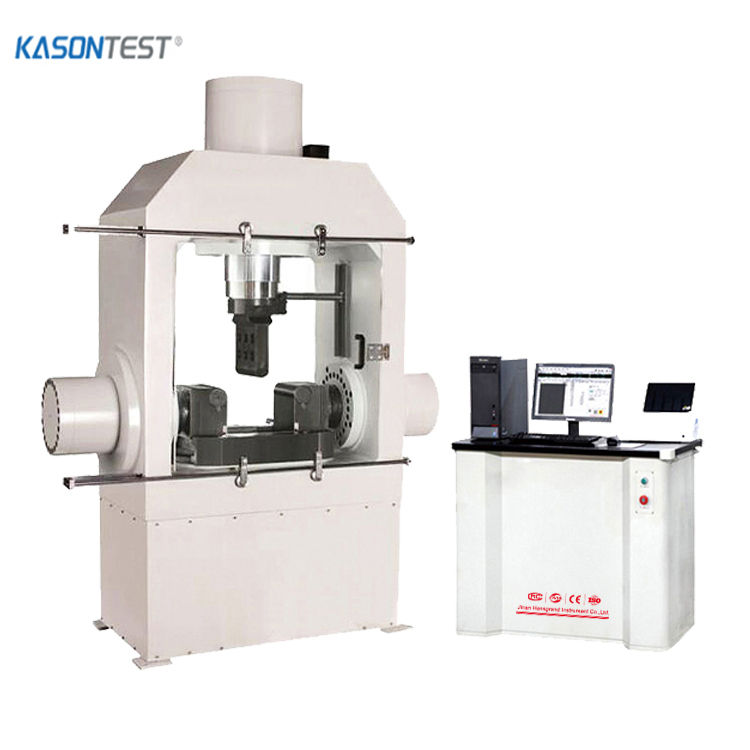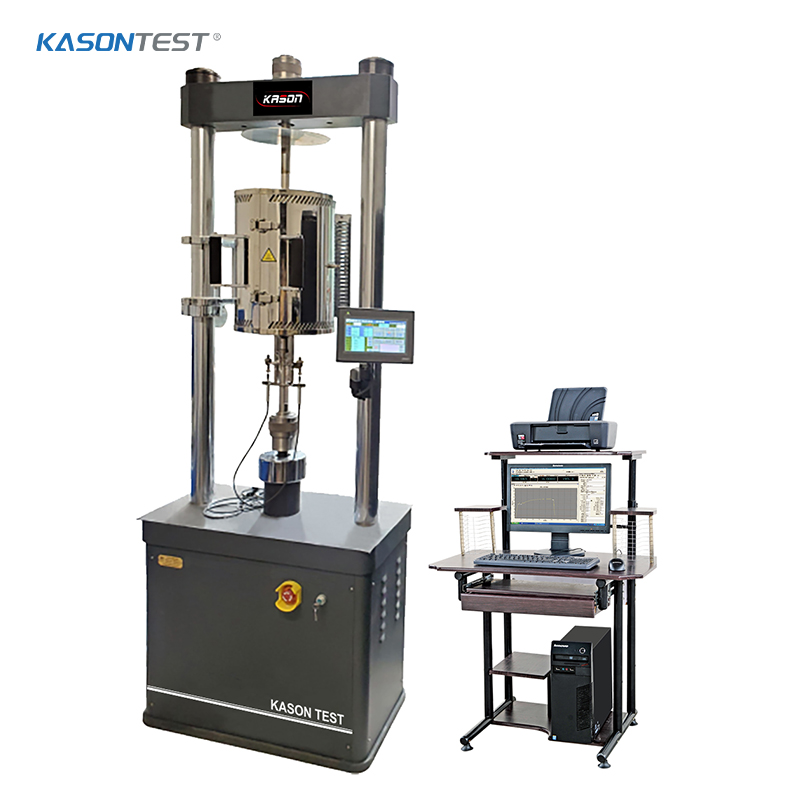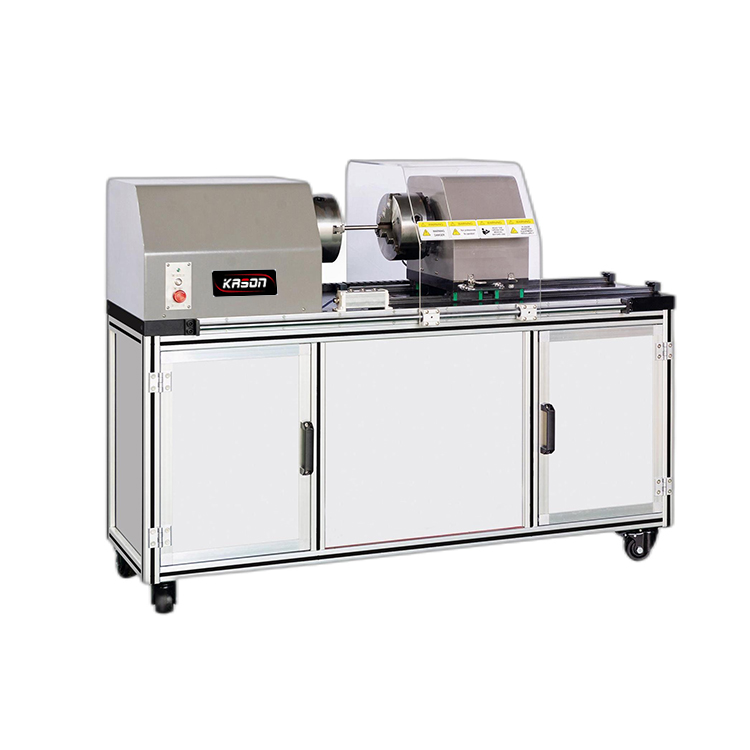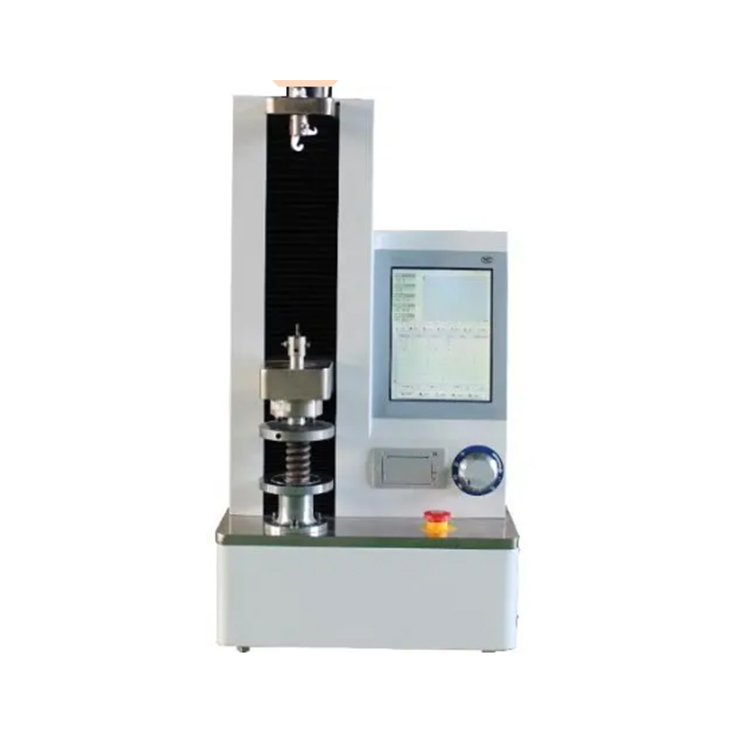Foil Testing for Electric Vehicle Batteries
The electric vehicle battery industry is constantly improving the energy density and safety of their products. A significant focus is on the aluminum and copper foils used in each cell as current collectors. Thinner foil helps to reduce battery weight (contributing to energy density), and longer/wider foil increases production efficiency (contributing to cost reduction). However, as innovation drives foil materials to become thinner, it becomes even more critical to accurately capture their material properties and ensure that adequate quality control measures are in place.Many companies in the industry are currently working on producing copper foil between 4 and 12 microns thick. However, as copper foil becomes thinner, longer, and wider, improved technology is required to address wrinkling and tearing concerns during production. Given that batteries need to be able to withstand the mechanical loading under normal use, as well as expansion and contraction when charging and discharging over time, the current collector foil must also be able to withstand these factors without yielding. Ensuring that these newer foils are able to withstand the loads required of it during both use and production, increased mechanical testing is needed.

